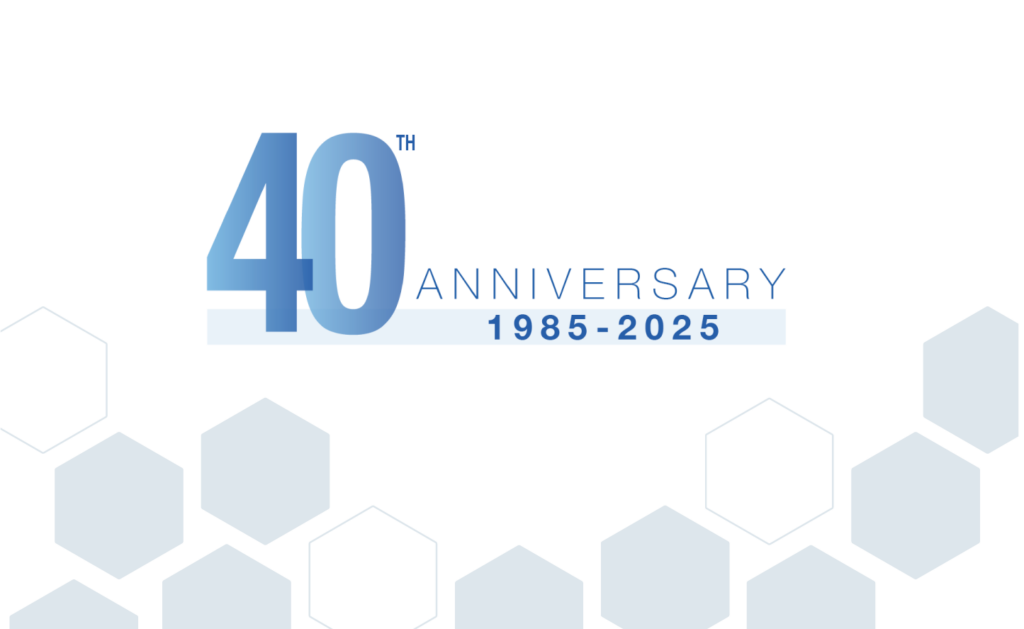Recently, I offered my thoughts on the first rule of Investing in a Trump World. President Trump represents different things to different people, but one thing he poses for everyone is a bit of uncertainty. No president has ever been followed (or judged) on social media like President Trump has been, or will continue to be. This may be somewhat fitting because no president has ever embraced social media as their primary communication tool with the world as much as he has. One thing we can agree on though is an uncertainty about what may be coming next. I offered in Part 1 that diversification is a strong hedge in an uncertain environment. The broader your investment strategy, the more likely you will be able to persevere through the ups and downs. Integral to anyone harnessing their emotions about our current political environment is the reminder that presidential tenures are measured in years, and portfolios are measured in decades.
This brings us to the second part of investing in a Trump world. Having a reserve of capital will go a long way in allowing you to remain fully invested no matter what comes next. We focus on positioning our client assets in a manner that allow them the flexibility (and peace of mind!) to weather a severe market downturn. How do we do this? We spend a great deal of time trying to understand and model our client’s cash flows needs for the future. Of those needs, how much will need to be withdrawn from their portfolios?
For a simplistic example, we can ignore inflation and changing cash flow needs. If a couple has pension and social security income of $75,000 each year, and a total expense (lifestyle, debt, charity, giving) need of $100,000 per year, then it is clear they will need to draw down $25,000 per year from their portfolio. We want to answer the question of how many years of draw down should you have reserved in asset classes that exhibit stability?
According to research, the average market recovery, the time it takes from a market peak to drop, and subsequently recover to its previous peak value, is 3.3 years.
This would suggest that 3.3 years of cash flow shortages, or $82,500 in our example ($25,000/yr x 3.3 years) would be a sufficient level of capital reserves to meet our needs. Of course that only works if we experience the average market downturn from here on out. The reality is we likely want to reserve several more years of cash flow shortages, to help us account for more significant downturns. This is where science and art meet for us when advising clients. Looking at the chart above, it could be suggested that 9 years or more should be sufficient, save for the outlier bear market from 1968. Typically, we like to see clients retain capital reserves in the range of 10-14 years. The art of this is to incorporate client preferences for risk, the security (or guaranteed nature) of income sources, and of course their portfolio’s capacity to retain this amount of capital reserves. This example too only considers a retiree; the considerations for someone who is still working have some different data points to look at.
Back to our example, let’s assume we want to retain 12 years of capital reserves. That would require $250,000 ($25,000/yr x 10 years) of our client’s assets to be reserved in stable asset classes. We like to use cash, CD’s, and short-term high-grade bonds to fill this portion of the allocation. They are not sexy, but they typically exhibit characteristics of stability when the market gets edgy. By accurately measuring our client’s expected cash flow needs and understanding historical markets, we believe we can build smart portfolio allocations for our clients, often depicted through colorful asset allocation pie charts. The balance of this particular portfolio should be invested in fixed income and equities, diversified across different sector, size, and geographic metrics. We often tell clients, “your cash flow analysis will tell us exactly how to draw your pie chart.”
Rule #2 when dealing with uncertainty – having sufficient capital reserves allows you to weather the storm. If you can weather the storm, you have a better chance of following rule #1, which is to be diversified. In a diversified portfolio, some of your asset classes will almost always be underperforming. Having enough capital reserves allows you ignore this reality in favor of rule #3 which we will discuss next week.



